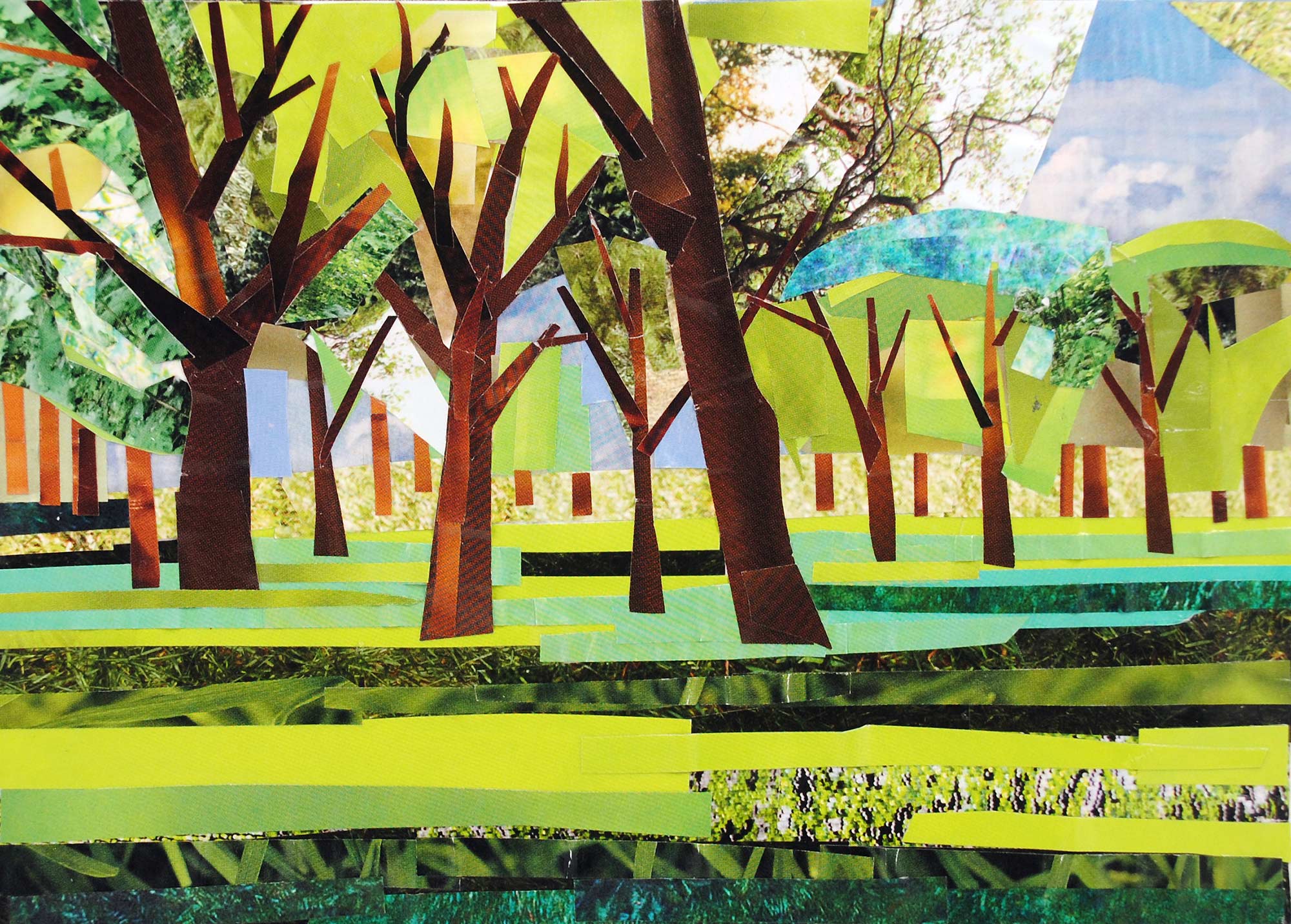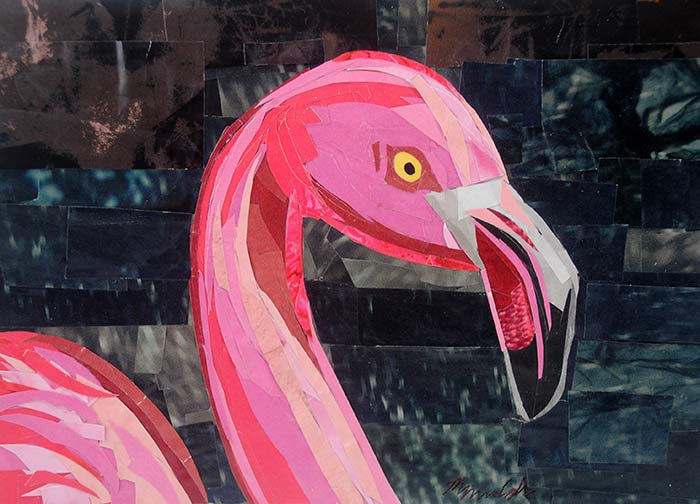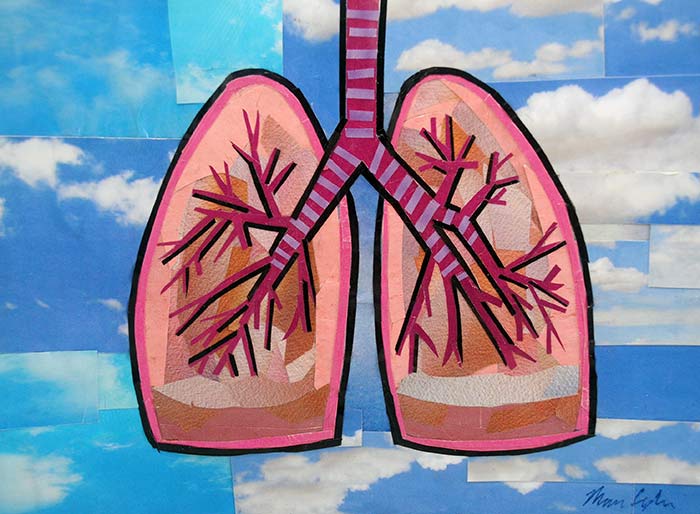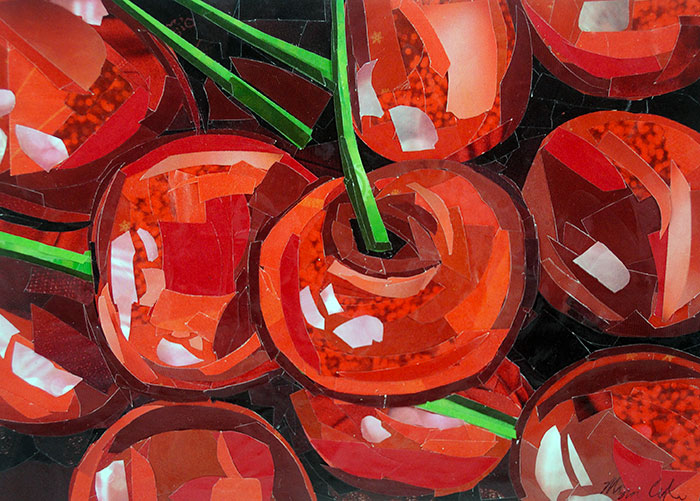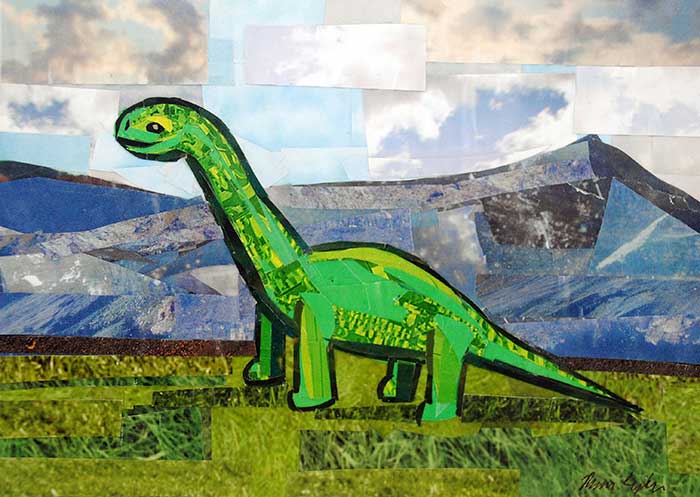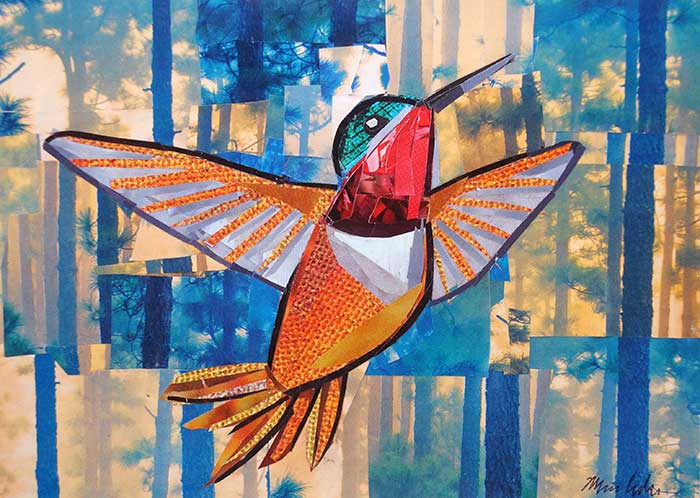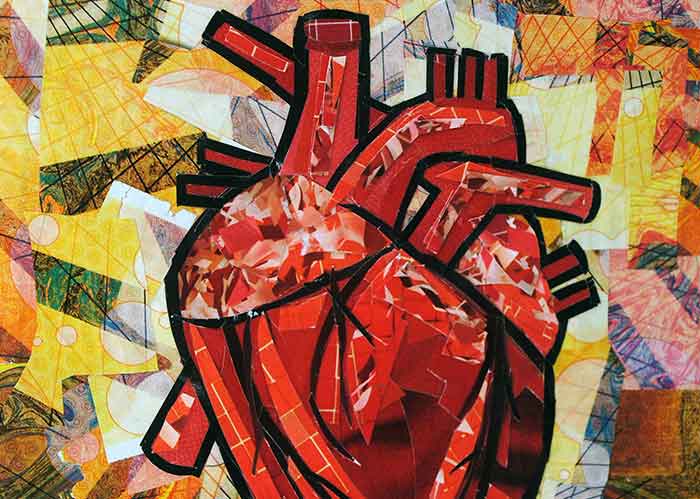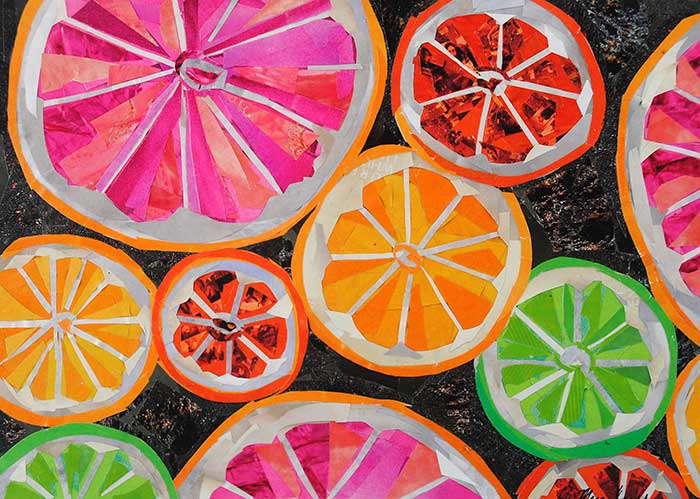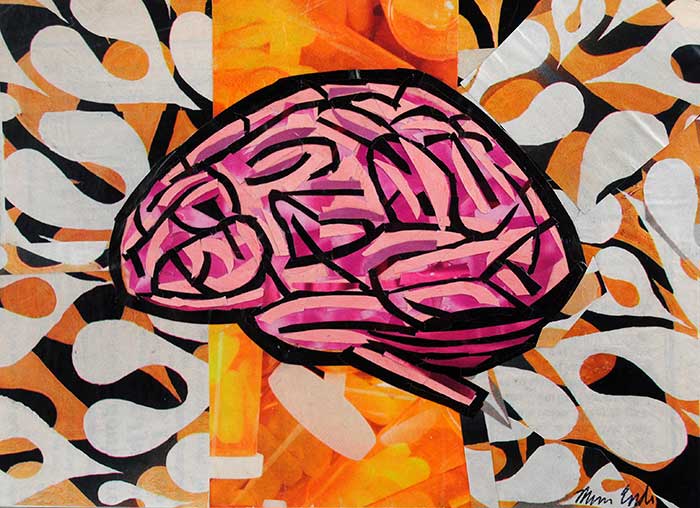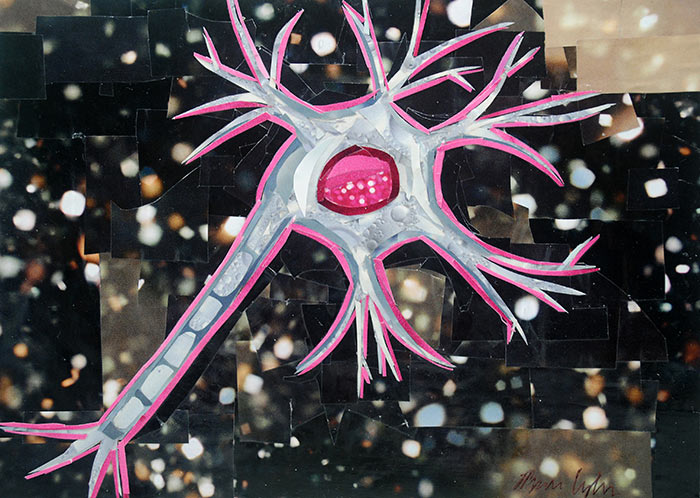
Order a print
I’m really amusing myself with the titles I’m coming up with for my anatomy series. This piece was especially fun to work on. I like how cells look so abstract. This nerve cell was inspired by a recent injury I am recovering from. It made me think about how complex our nervous systems are, and how fascinating nerve cells look.
I think I’ll have to do some more cell collages. This has been a fun change of pace from the usual portraiture and animal pieces that I do.
